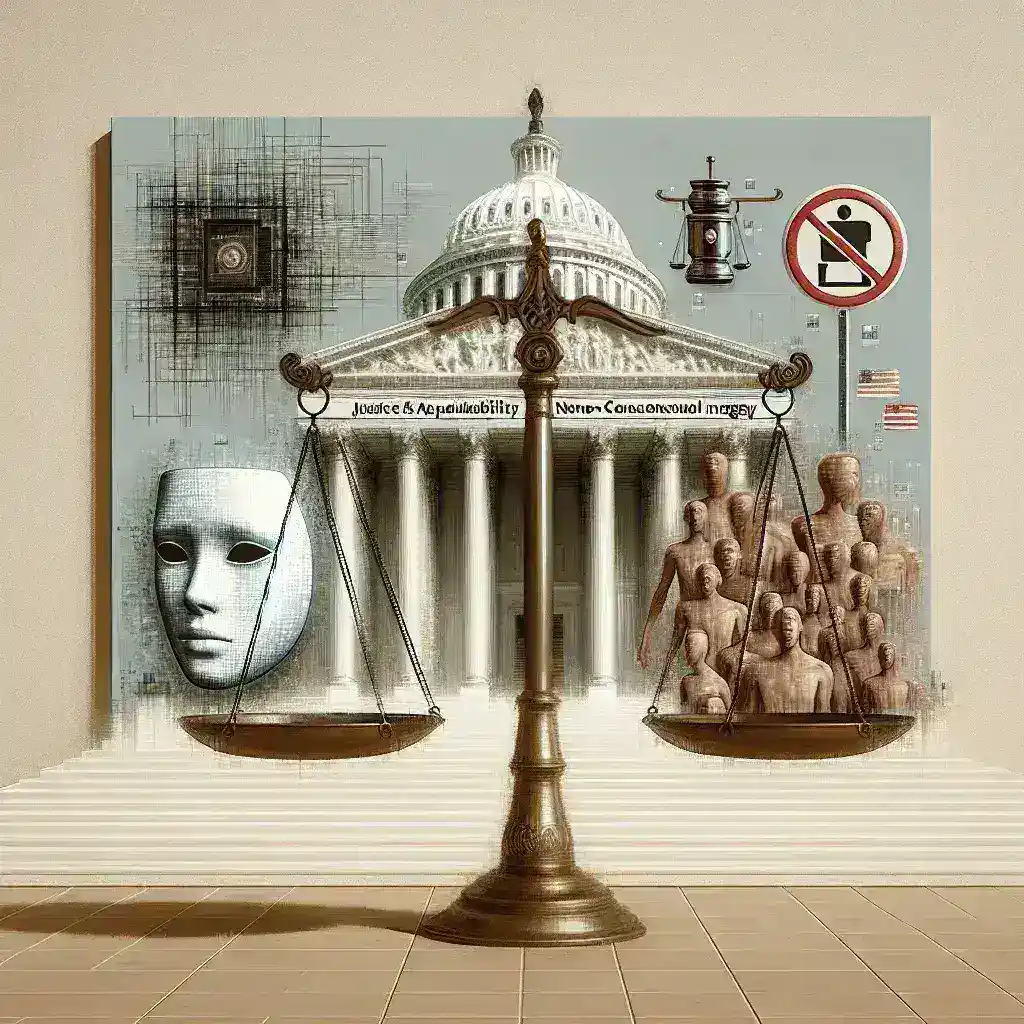The Urgent Need for AI Safety Regulations
As artificial intelligence (AI) technology continues to evolve at a rapid pace, the U.S. Congress is facing mounting pressure to implement stringent safety regulations. This urgency is particularly pronounced in the context of deepfake technology and non-consensual imagery, both of which pose significant societal risks. With advancements in AI capabilities, the potential for misuse has grown, prompting lawmakers to take action.
Understanding Deepfakes and Non-Consensual Imagery
Deepfakes are synthetic media created using AI techniques that allow the manipulation of images, audio, and video to produce hyper-realistic representations of individuals. This technology has been used for various purposes, from harmless entertainment to malicious intent, such as creating fake news or engaging in harassment.
Similarly, non-consensual imagery, often referred to as “revenge porn,” involves the distribution of sexual images without the subject’s consent. This practice not only violates privacy but can lead to severe emotional and psychological consequences for victims.
The Historical Context of AI and Regulation
The discourse surrounding AI regulation is not new. Historically, technology has often outpaced legislative measures, leading to a reactive rather than proactive approach to regulation. In the case of AI, this trend has manifested through debates over privacy rights, data protection, and ethical considerations. The emergence of deepfake technology and non-consensual imagery has intensified these discussions, as lawmakers grapple with the implications of unregulated AI applications.
Current Legislative Efforts
As of late 2023, several bills have been introduced in Congress aimed at addressing the challenges posed by AI technologies. These legislative efforts seek to establish a framework for accountability and ethical usage of AI, including provisions for combating deepfakes and non-consensual imagery. Some notable examples include:
- The Deepfake Accountability Act: This proposed legislation aims to mandate labeling for deepfake content, making it easier for viewers to identify manipulated media.
- The Online Safety and Data Protection Act: This bill focuses on enhancing user privacy and data protection, offering victims of non-consensual imagery legal recourse against perpetrators.
Challenges in Regulation
Despite the legislative momentum, several challenges hinder effective regulation. One significant hurdle is the rapid pace of technological advancement, which often outstrips lawmakers’ ability to understand and regulate effectively. Additionally, there is a lack of consensus regarding the definition of deepfakes and the scope of non-consensual imagery, complicating the drafting of clear and enforceable laws.
Pros and Cons of AI Regulation
As Congress contemplates AI safety regulations, it is essential to weigh the pros and cons:
- Pros:
- Protects individual rights and privacy.
- Reduces the potential for AI misuse, including harassment and misinformation.
- Establishes ethical standards for the deployment of AI technologies.
- Cons:
- Potential stifling of innovation due to overly restrictive regulations.
- Challenges in enforcement and compliance monitoring.
- Risk of creating loopholes that malicious actors can exploit.
Future Predictions
Looking ahead, it is likely that AI regulation will continue to be a hot topic in U.S. Congress. As technology evolves, so too will the strategies for addressing its risks. Future regulations may focus on:
- Stricter penalties for the creators and distributors of non-consensual imagery.
- Enhanced transparency requirements for AI-generated media.
- Collaboration with tech companies to develop ethical AI standards.
Cultural Relevance and Public Sentiment
Public sentiment around AI safety regulation is growing, especially as awareness of deepfake technology and non-consensual imagery becomes more widespread. Numerous high-profile incidents have highlighted the potential dangers of unregulated AI, leading to calls for stronger protections. Advocacy groups are increasingly vocal, pushing for legislative action to safeguard privacy and prevent abuse.
Expert Opinions
Experts in technology, law, and ethics emphasize the need for a balanced approach to regulation. According to Dr. Jane Thompson, a leading AI ethics researcher, “We must find a way to protect individuals without stifling innovation. The challenge is to create a regulatory framework that adapts to the rapid pace of technological change while ensuring the safety and privacy of citizens.”
Conclusion
The pressure on U.S. Congress to address AI safety regulations, particularly in relation to deepfake technology and non-consensual imagery, is palpable. As the landscape of technology continues to evolve, lawmakers must be prepared to respond swiftly and effectively. Failure to do so may not only endanger individual rights but also undermine public trust in the very innovations that are meant to benefit society. Therefore, a comprehensive and thoughtful legislative approach is essential for navigating the complexities of AI and its implications for the future.

